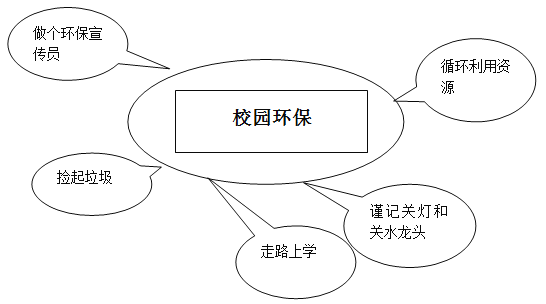题目内容
【题目】China is known as a state of manners and ceremony (礼节). Many proverbs have been passed down from generation to generation eg. “Polite behavior costs nothing” or “Showing respect demands reciprocity (相互)” and so on. For instance, there is an interesting short story. Once upon a time, a man went on a long tour to visit his friend with a swan as a gift. But it escaped from the cage on the way. Though he tried hard, he got hold of nothing but a feather (羽毛). Instead of returning home, he continued his journey with the swan feather. When his friend received this unexpected gift, he was deeply moved. And the saying “The gift is nothing much, but it’s the thought that counts” was spread far and wide.
Chinese used to cup one hand in the other before the chest as a greeting. This tradition has a history of more than 2, 000 years and nowadays it is seldom used except in the Spring Festival. And shaking hands is more popular on some formal occasions. Bowing, as to show respect to the higher level, is often used by the lower like subordinates (下级), students, and attendants. But at present Chinese youngsters prefer to simply nod as a greeting. To some degree this development shows the ever-increasing paces of modern life.
It is common social practice to introduce the junior to the senior, or the familiar to the unfamiliar. When you start a talk with a stranger, the topics such as weather, food, or hobbies may be good choices to break the ice. For a man, a chat about current affairs, sports, stock market or his job can usually go on smoothly. Similar to Western customs, you should be careful to ask a woman private questions. However, relaxing talks about her job or family life will never put you into danger. She is usually glad to offer you some advice on how to cook Chinese food or get used to local life. Things will be quite different when you’ve gotten to know them. Though Chinese are said to be implicit (含蓄的), they are actually humorous enough to be pleased about the jokes of Americans.
【1】The author tells the story in the first paragraph in order to ______.
A. make fun of the stupid person
B. explain the meaning of a Chinese saying
C. show Chinese like valuable gifts very much
D. show Chinese value polite behavior greatly
【2】 In Paragraph 2, the author mainly wants to introduce ______.
A. the Chinese body language
B. the traditional Chinese manners
C. the development of Chinese manners
D. the way the lower show respect to the higher
【3】 Which of the following picture shows the gesture mentioned at the beginning of Paragraph 2?

【4】 The passage is mainly about ________.
A. Chinese proverbs
B. Chinese humour
C. Chinese manners
D. Chinese body languages
【答案】
【1】D
【2】C
【3】A
【4】C
【解析】
试题分析:本文介绍中国的礼仪。
【1】D目的意图题。根据第一段第一句China is known as a state of manners and ceremony (礼节). 中国是一个以礼仪和仪式而文明的国家。第二句Many proverbs have been passed down from generation to generation很多关于礼貌的谚语一代一代传下来。可知作者在第一段讲故事的目的是为了展示中国彬彬有礼的举止行为。故选D。
【2】C推理判断题。纵观第二段,再根据第二段最后一句To some degree this development shows the ever-increasing paces of modern life. 在某种程度上,这一发展表明了现代人的不断增长的步伐。可知在介绍中国礼仪的发展。故选C。
【3】A细节理解题。根据第二段第一句Chinese used to cup one hand in the other before the chest as a greeting. 中国人习惯于把一只手放在另一只手放在胸前,作为一种问候。根据句意可知A图符合题意。
【4】C主旨大意题。根据文章第一句China is known as a state of manners and ceremony (礼节). 中国是一个以礼仪和仪式而文明的国家。纵观全文,都在讲关于中国的礼仪。故选C。






